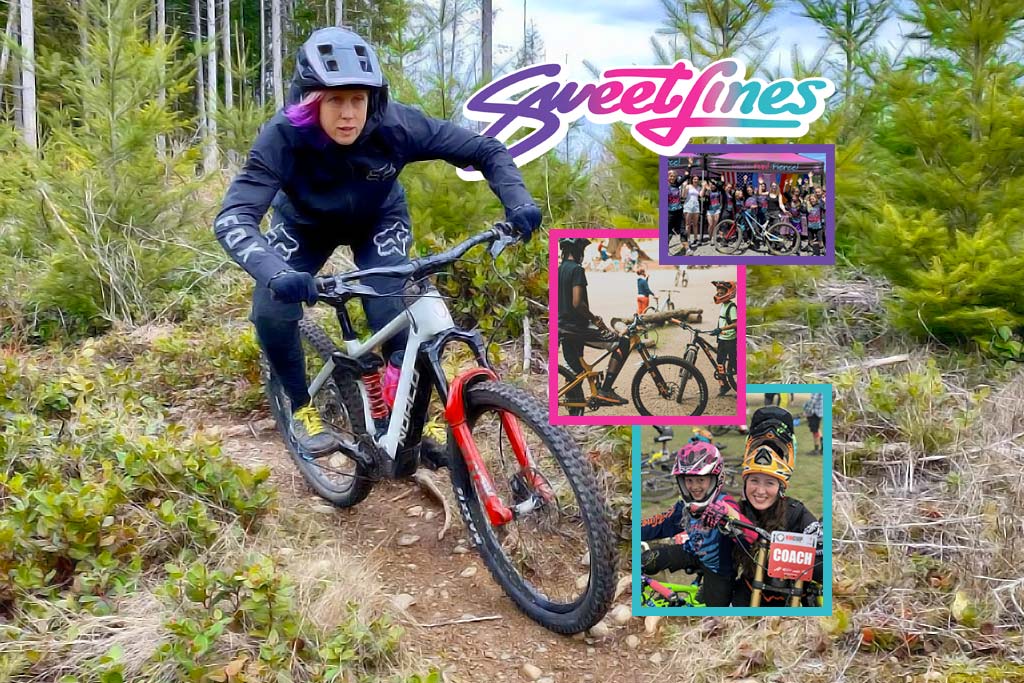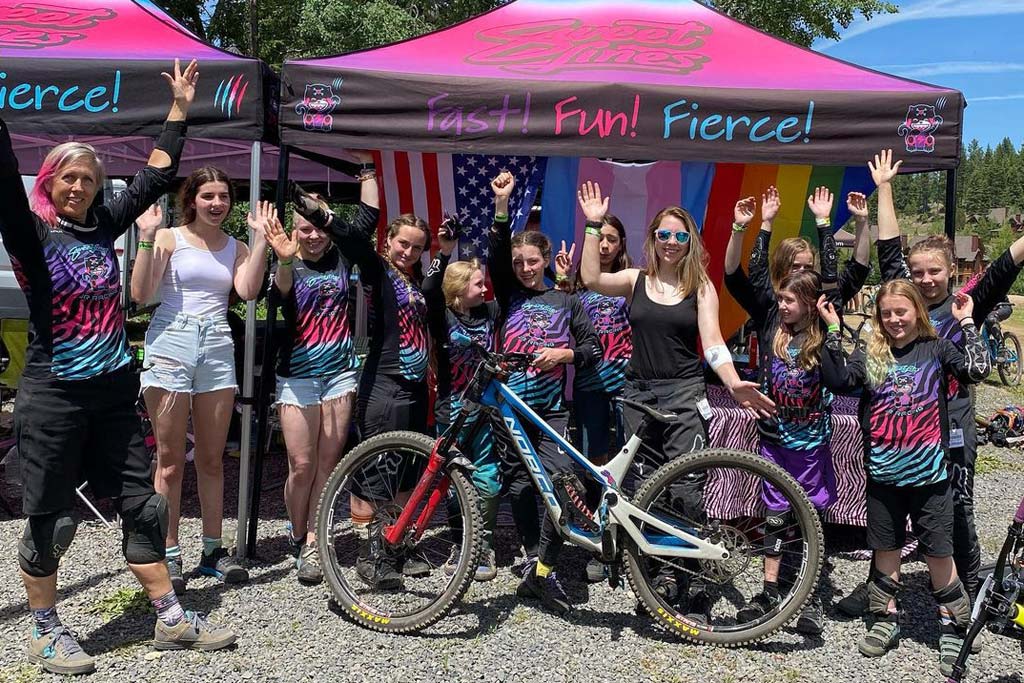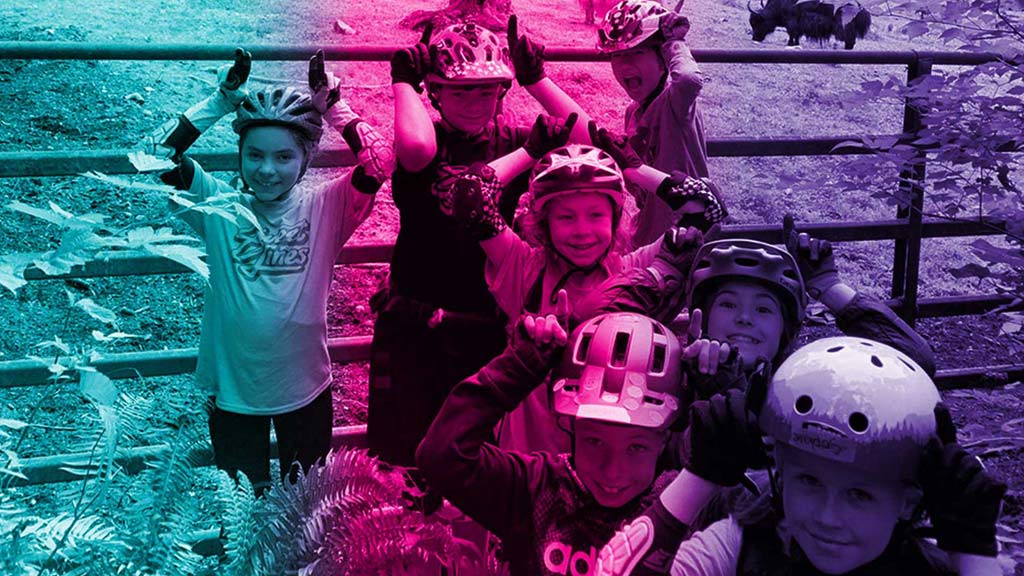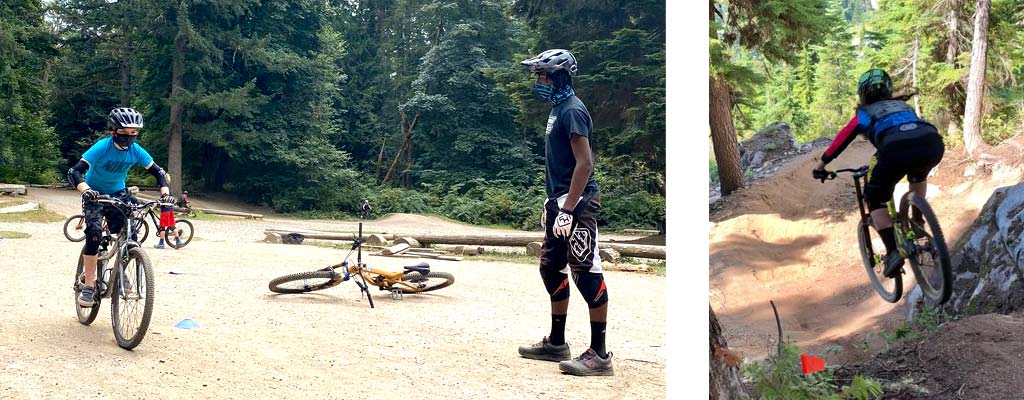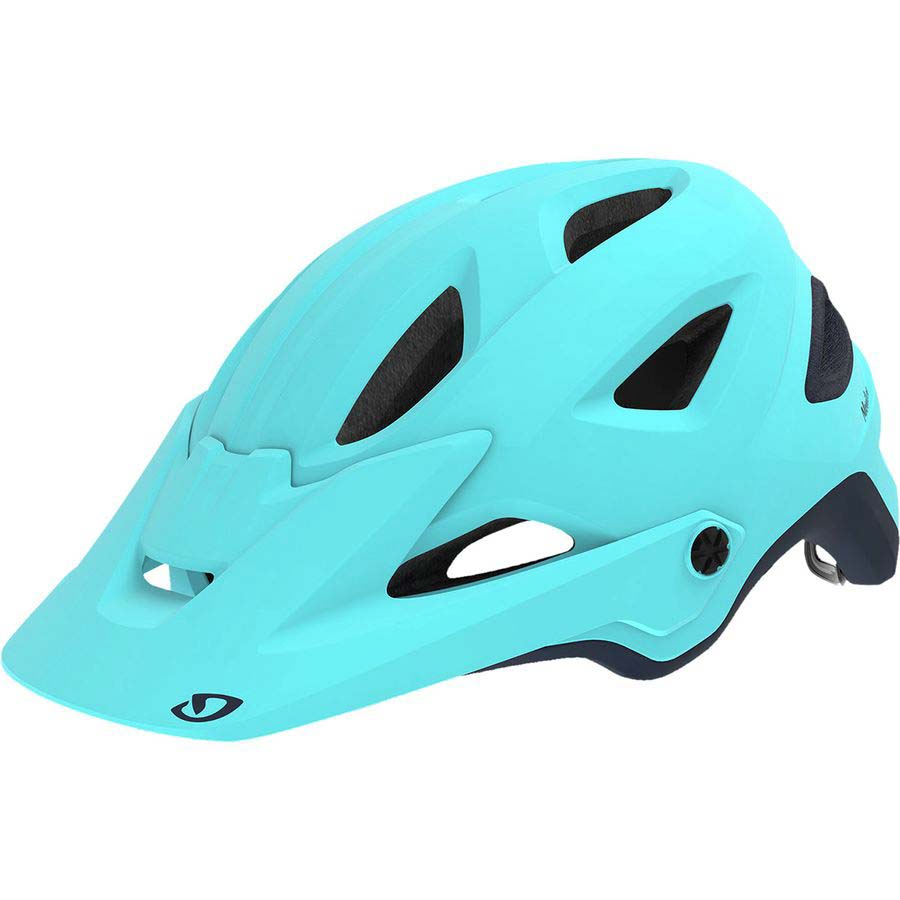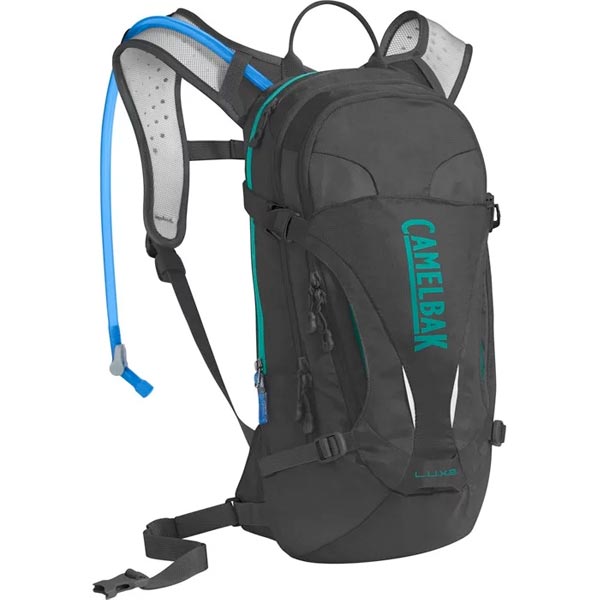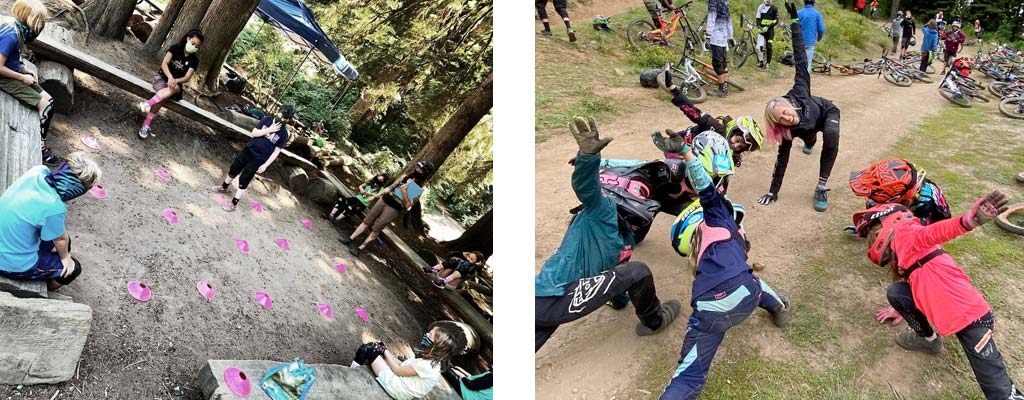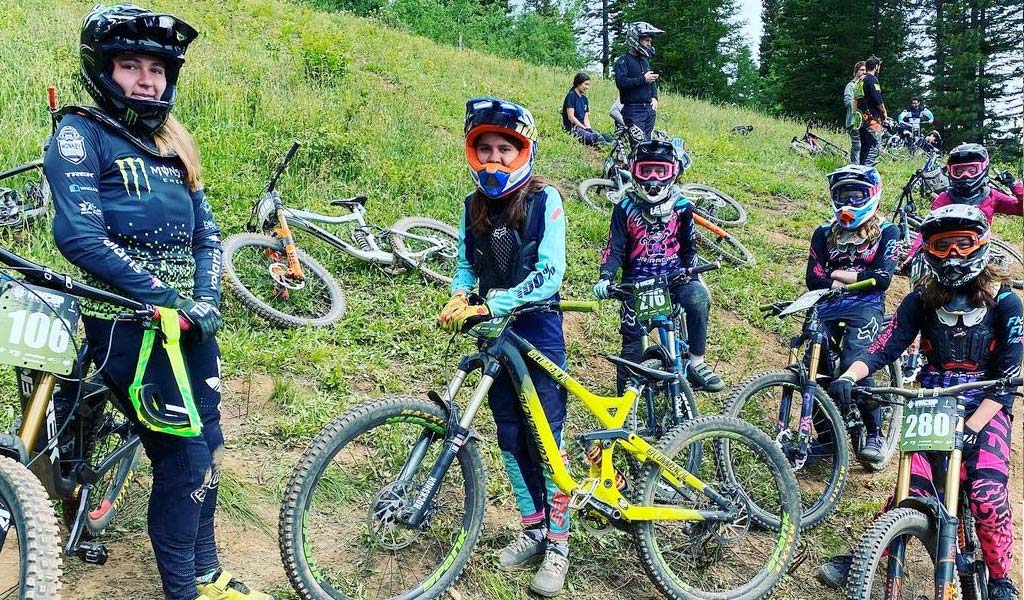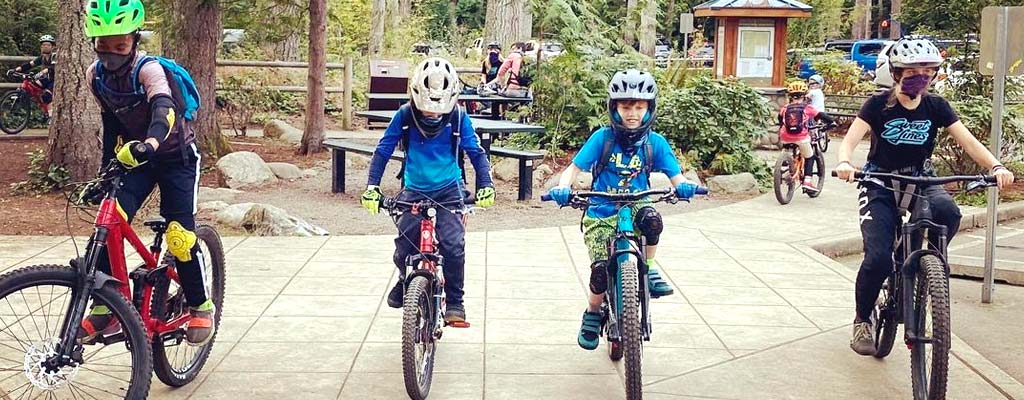When our kids were growing up, we had to keep things short and quick because of their physical limitations and attention span. Do you do the same thing?
We do our summer camps there all day. From 10:00 am till 3:30 or 4:00 pm, depending what age group they are. Our format is to do a little bit of skills and drills, go ride a trail, do a little bit of skills and drills, ride a trail, eat lunch, play games, try the pump track, do some more skills drills, go for a ride. We give them a little bit of the skills and the drills and the foundation, then go. The first day of camp is always the most skills and drills because you want to make sure they can brake and they can stand up on their pedals and use all the positions they'll need before you hit the trail.
Then you have to be really flexible. Every group is a little different. Some groups can handle more skills and drills. Some groups just really need to ride and burn some energy. So, my coaches are really good at reading their groups and figuring out the group dynamics and how things are working and what the group needs. And then two, we give them some ability to choose when they're ready to try a new trail or, “Oh, yeah, here's a good motivator to use unlocking as a key to unlocking the trail. We're going to do this skill drill and once everybody gets the skill, then we're going to unlock this feature on the trail.”
They all have to work together to try to get everybody through the obstacle before you can progress. So, my coaches are super creative and fun and they come up with really great ideas like that. And then we do goal setting too. Such as, “Okay, we made it halfway up this hill, our first try. Look, there's a tree next to us. Our next time up this hill let's try to get past that tree by five feet. And then the next time we're going to try to get to that boulder up there.” So, looking for the places where you can get a little bit farther up the hill. And then we also do GnarStars. We use GnarStars to reward the kids if they do something good or if they're supportive of other riders. And then two, if they make it all the way down lower boot camp, standing up on their pedals the whole way, you can get a GnarStar. So, 10 GnarPoints is a GnarStar, earn 10 GnarStars and they get a Kat-i-corn sticker. So, the kids all week long are trying to get to the Kat-i-corn stickers.
I've had so many great people that have worked with me over the years and come up with really fun ideas. I love bringing people together and collaborating and always making things fresh, and new, and exciting for the kids.

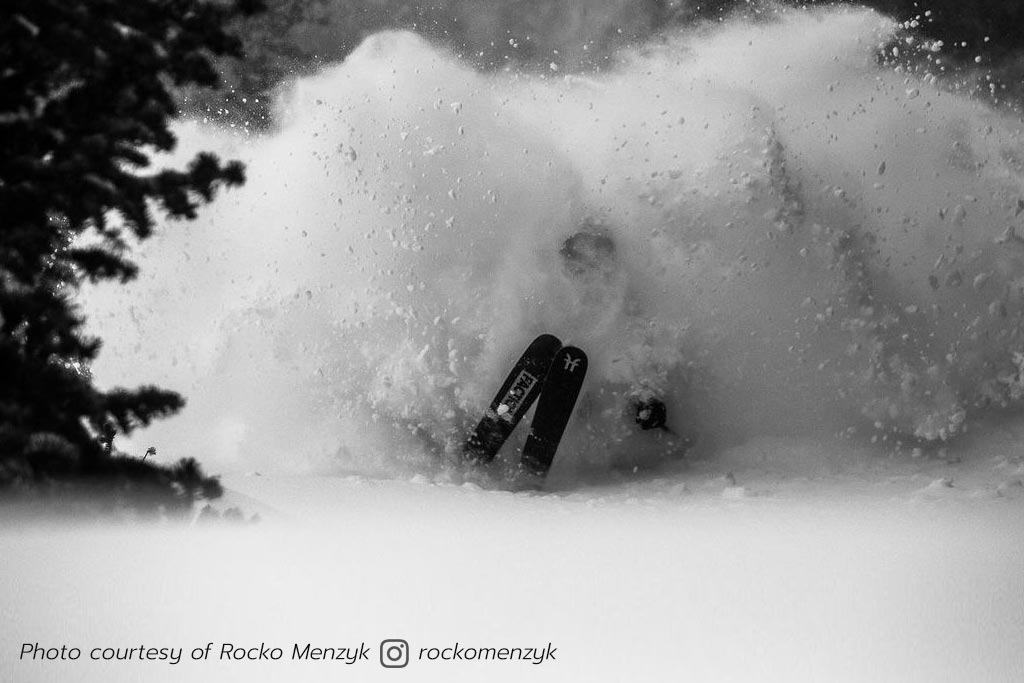
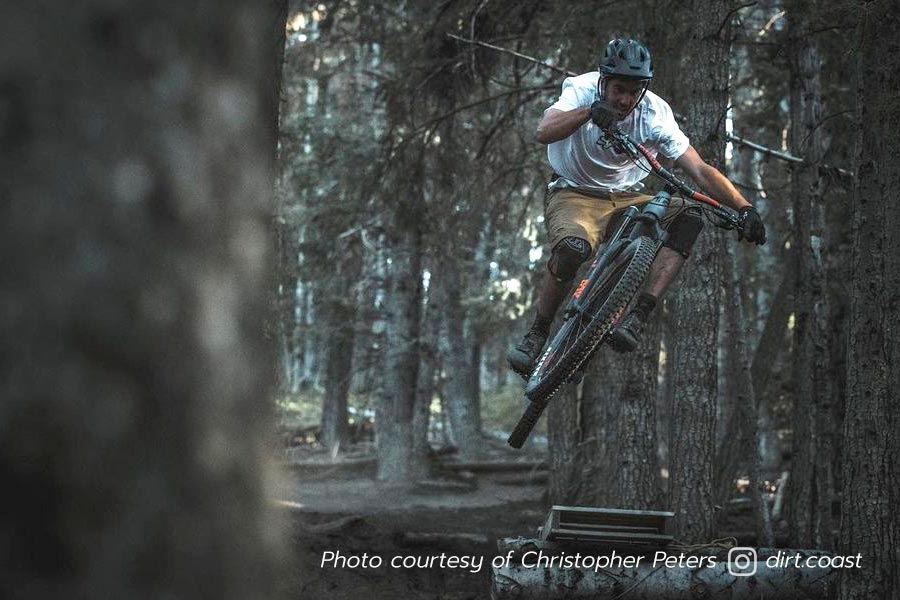
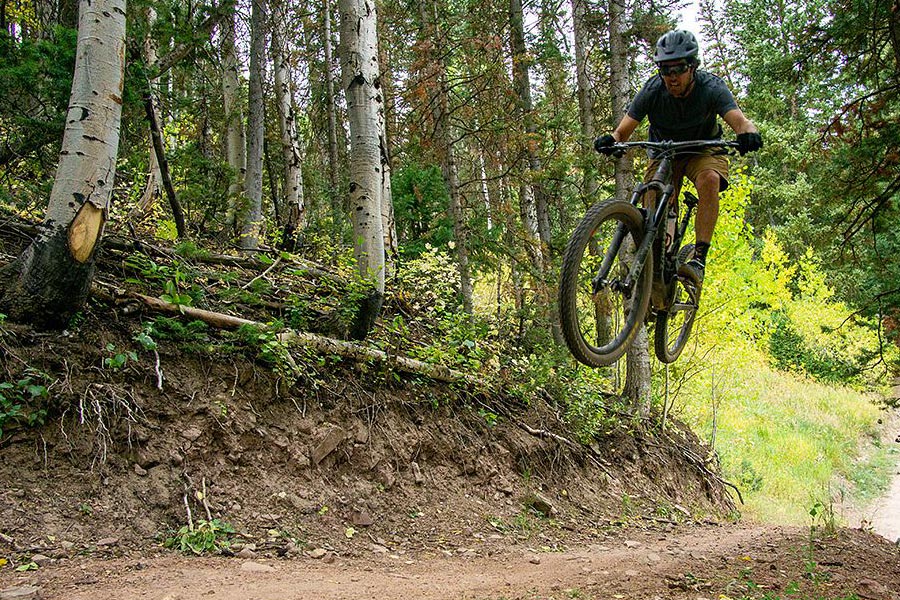
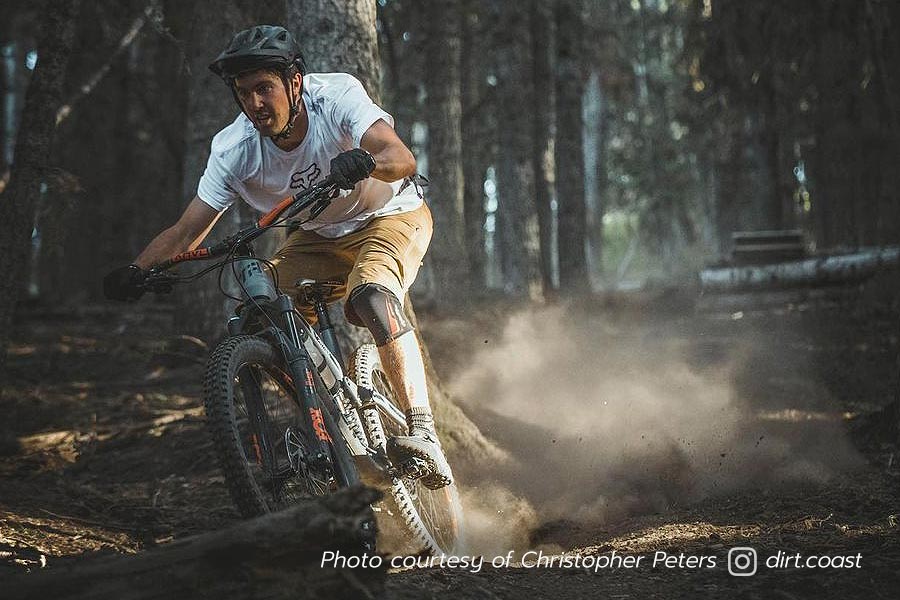
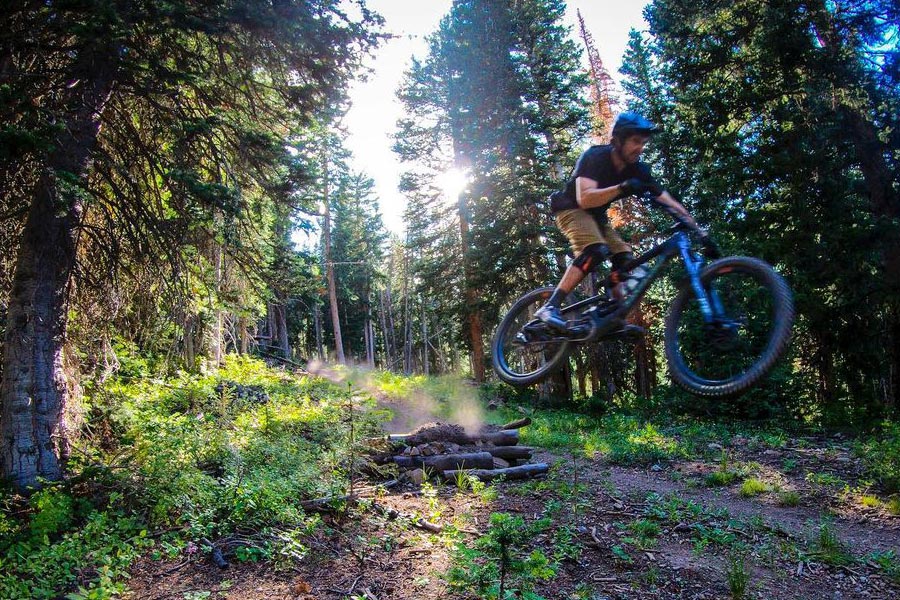

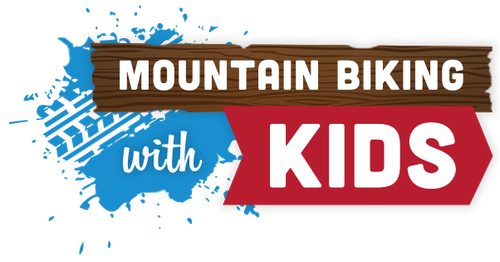

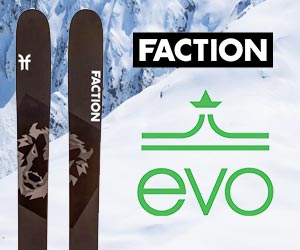
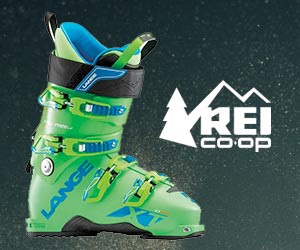

 Vinny Mauro
Vinny Mauro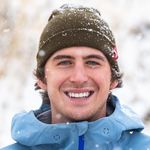 Rocko Menzyk
Rocko Menzyk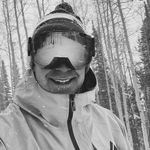 Christopher Peters
Christopher Peters